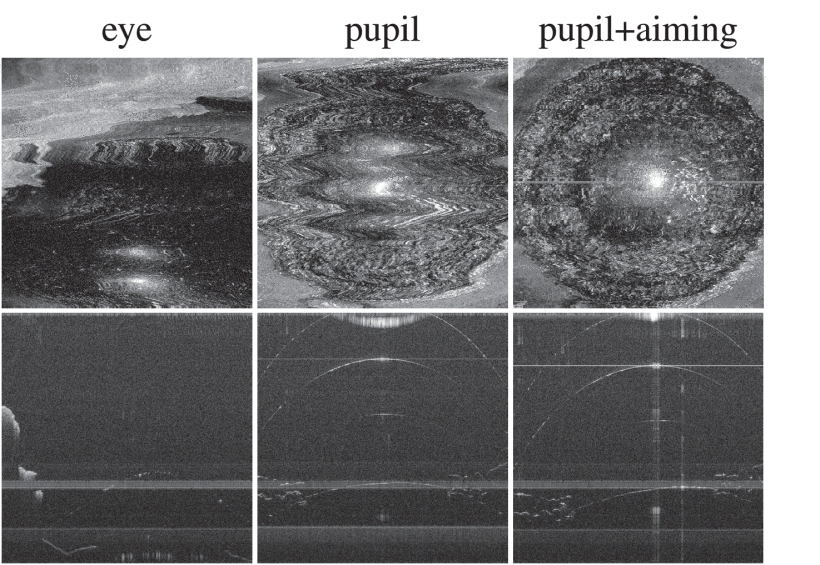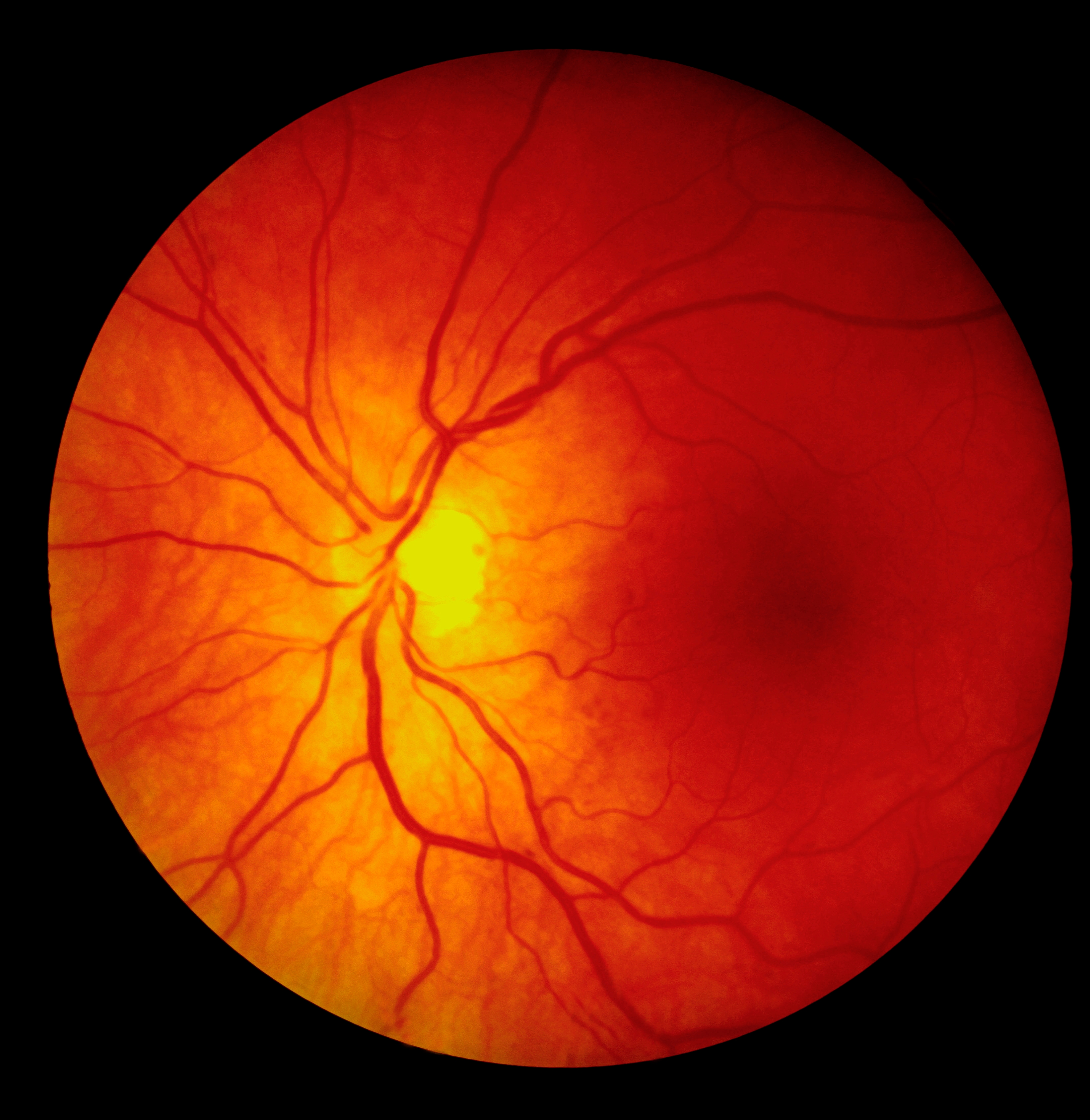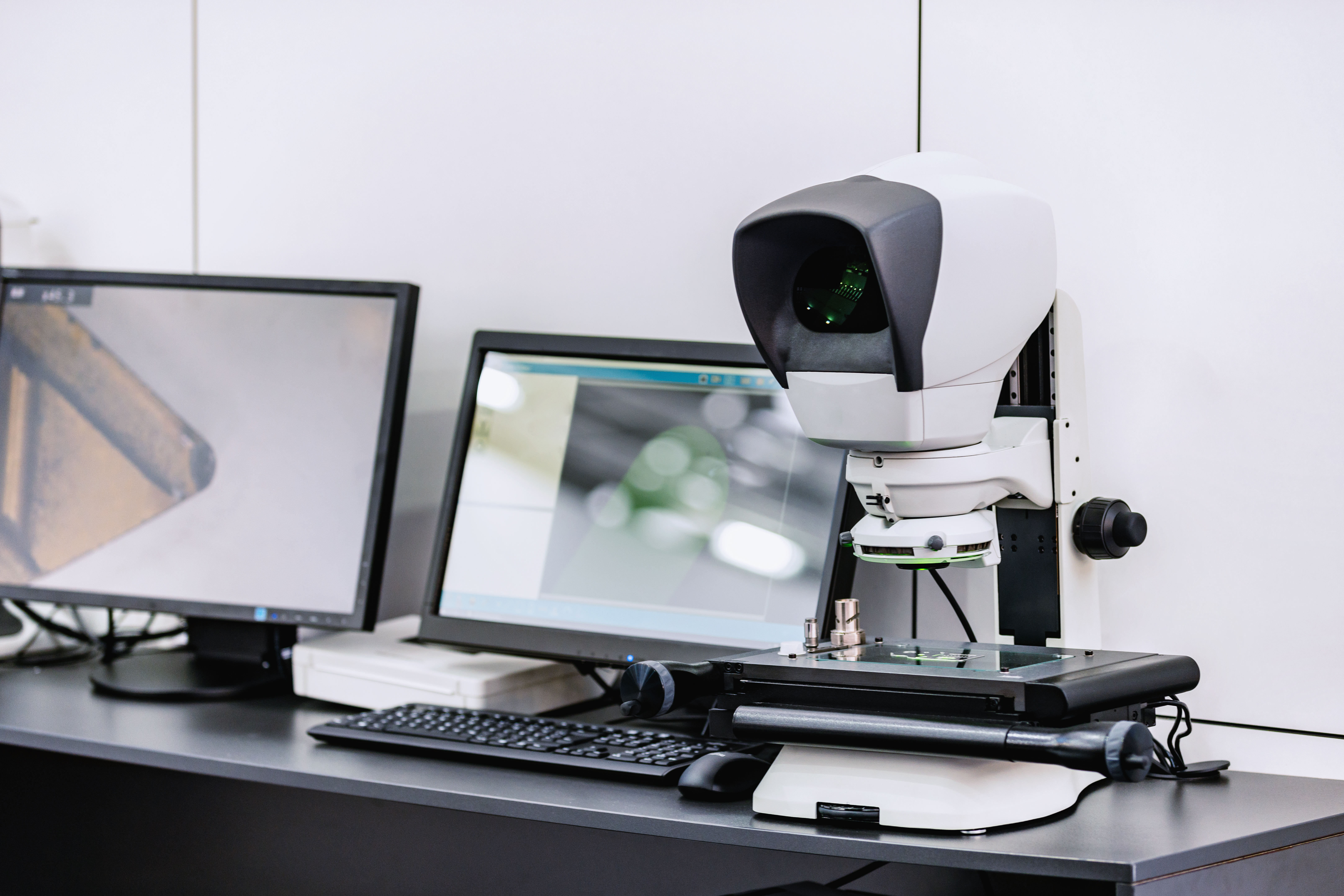- Agriculture
- Antibiotic/anti-viral
- Biologics
- Biomarkers
-
By Clinical Application
- Anesthesiology
- Blood & Lymphatic Disease
- CNS & Neurosciences
- Dermatology
- Diabetes, Metabolism, Endocrinology & Obesity
- Ear, Nose, & Throat
- Gastroenterology & Digestive Disease
- General & Plastic Surgery
- Health Education, Medical Training and Operations
- Heart and Vascular
- Immunology, Autoimmune & Inflammation
- Infectious Diseases
- Mental Health
- Multiple clinical applications
- Musculoskeletal Disorders, Orthopedics/Bone
- Nephrology/Renal
- Oncology
- Ophthalmology
- Orphan Diseases
- Pediatrics
- Physical Medicine & Rehabilitation
- Radiology
- Regenerative Medicine / Tissue Engineering
- Reproductive Health: Obstetrics & Gynecology
- Respiratory & Pulmonary
- Surgery
- Transplantation
- Urology
- Wound Healing
- COVID-19
- Creative Works
- Diagnostics
- Drug Delivery
- Drug screening and discovery
- Energy, Cleantech & Environmental
- Engineering & Physical Sciences
- Gene therapy
- Imaging ×
- Materials
- Medical Devices
- Nutraceuticals
- Other
- Research & Design Tools
- RNAi/siRNA
- Sensors & Controls
- Small molecules
- Software & Information Technology
- Stem Cells
- Vaccines
- Veterinary Medicine
Non-invasive peripheral retinal scanner using OCT
Unmet Need Images and light that sporadically appear in an individual’s visual field are known as “Flashes and floaters.” These optical aberrations bring approximately 150,000 patients in for eye exams each year in the United…
A microscopy method for acquiring polarization-sensitive phase information in 3D
Unmet Need The majority of biological research and clinical diagnostics has involved the use of optical imaging systems for transparent specimens that rely on scalar properties like phase contrast. These systems have proved useful for…
An optical coherence tomography system capable of automatically and accurately imaging eyes without the use of chinrests
Unmet Need Optical coherence tomography (OCT) has revolutionized structural imaging in the eye’s anterior segment and retina. Ophthalmologists now routinely employ OCT in managing ocular diseases, including age-related macular degeneration, diabetic retinopathy, glaucoma, and corneal…
A novel scanner design for ophthalmic OCT and hand-held OCT angiography
Value Proposition Angiography is a medical imaging technique used to visualize the inside of blood vessels and organs of the body. Optical coherence tomography angiography (OCTA) is a new non-invasive imaging technique of the retinal…
Automatic segmentation software to diagnose retinopathy of prematurity (ROP) from optical coherence tomography images in preterm infants
Unmet Need Retinopathy of prematurity (ROP) is a developmental vascular proliferative disorder that occurs in approximately 50-70% of preterm infants and is a leading cause of childhood blindness. The most critical factor in identifying ROP…
Methods to implement three-dimensional (3D) sensing depth cameras
Unmet Need Real-time high-resolution three-dimensional (3D) imaging is highly desirable in a wide range of fields including biomedical imaging, robotics, virtual/augmented reality, 3D printing, and autonomous vehicles. To accomplish 3D imaging, sensing depth cameras have…
Efficient scan patterns for scanning laser microscopy systems
Unmet Need Scanning imaging systems, such as confocal scanning laser ophthalmoscopy (cSLO), hold great promise in the clinic to diagnose a variety of retinal disease like diabetic retinopathy. These systems are particularly promising for applications…
Feature-Guided Image Fusion of Intrasurgical Optical Coherence Tomography and Digital Surgical Microscopy
Unmet Need Eye surgery is a high-impact intervention necessary to preserve the sight of thousands of patients, with retinal detachment surgeries alone constituting approximately 28,000 cases per year in the United States alone. Microscope-integrated optical…
Computational methods to introduce image contrast from multidimensional data
Unmet Need Three-dimensional (3D) imaging techniques, such as optical coherence tomography (OCT), have been successfully used as an in vivo diagnostic modality for a wide range of clinical areas including ophthalmology, cardiology, and gastroenterology. For…
Stereoscopic heads-up display for displaying surgical data in a Surgical Microscope
Value proposition Typically, microsurgical systems have a console for controlling surgical parameters or visualizing imaging data. In ophthalmic surgeries, the consoles can be used to display Optical Coherence Tomography (OCT) data, which enables great improvements…
Optical Coherence Refraction Tomography (OCRT)
Value Proposition Spectroscopic optical coherence tomography (SOCT) is a functional extension of OCT that obtains depth-resolved, wavelength-dependent backscattering profiles. However, because SOCT uses time-frequency analysis of OCT interferograms, it suffers from a tradeoff between axial…
Novel system for improved aiming during optical coherence tomography imaging of young children
Unmet Need When a retinal condition is suspected in a patient, optical coherence tomography (OCT) is used to obtain detailed images of the retina. Due to the large amount of data needed to be processed…









